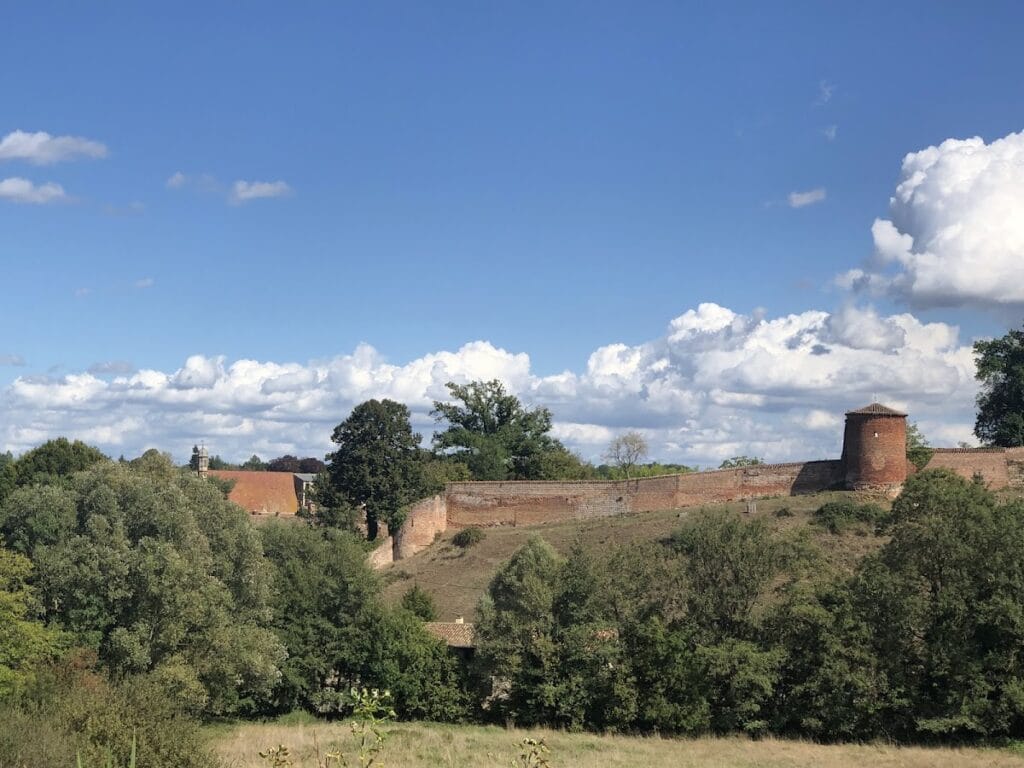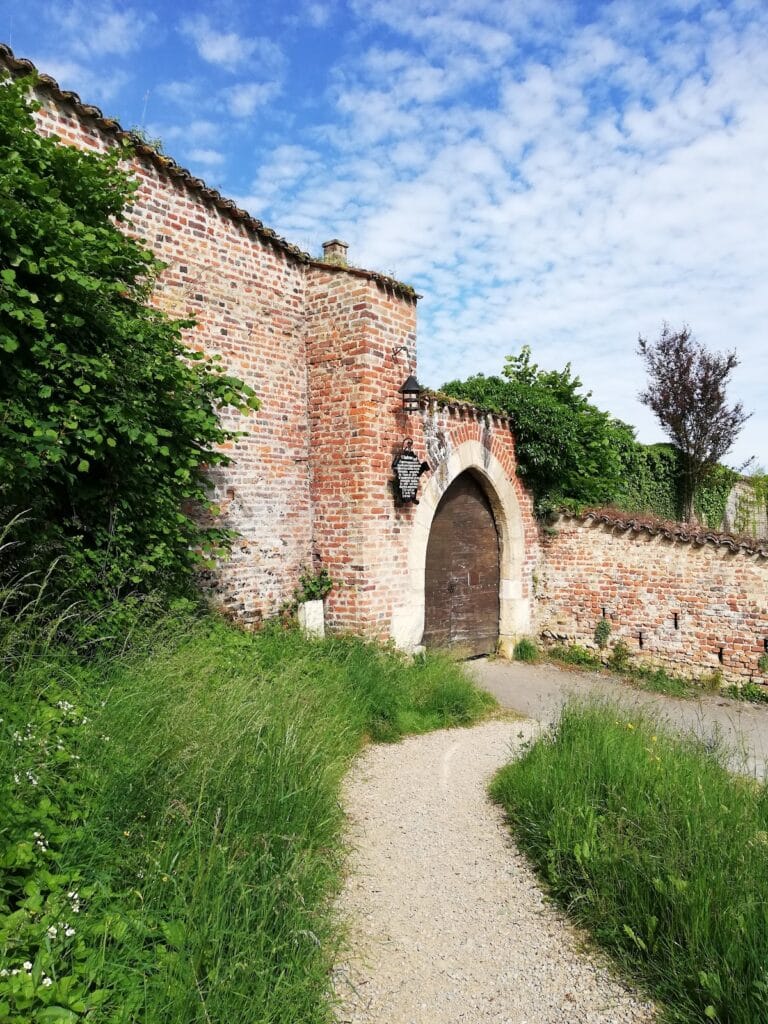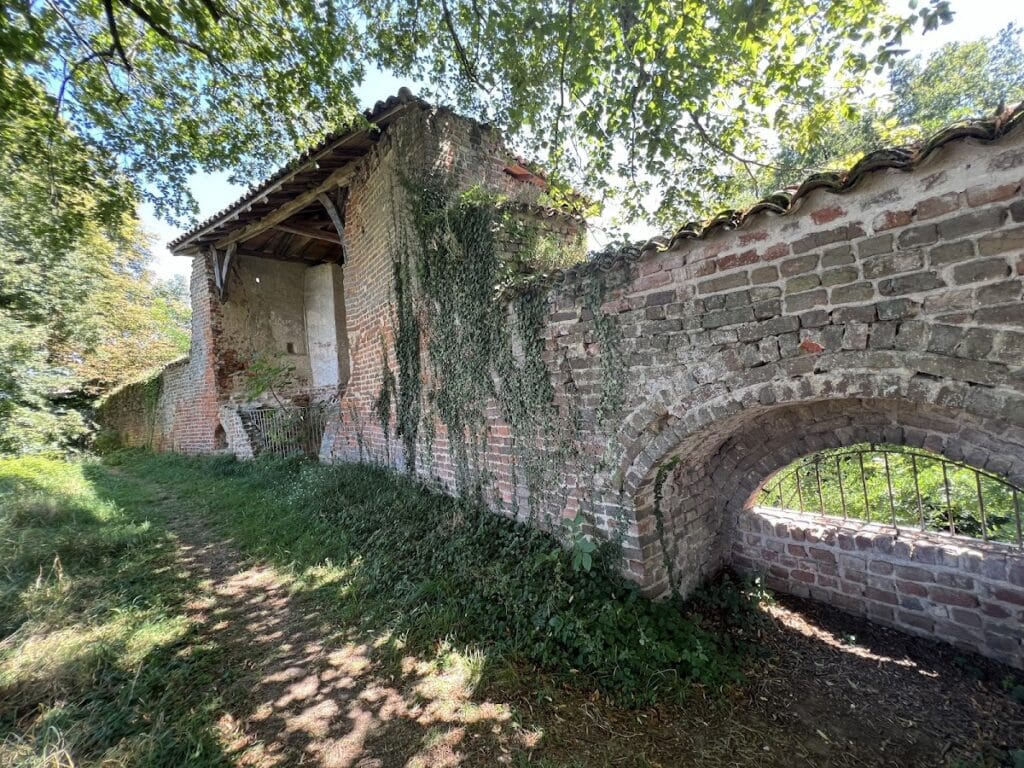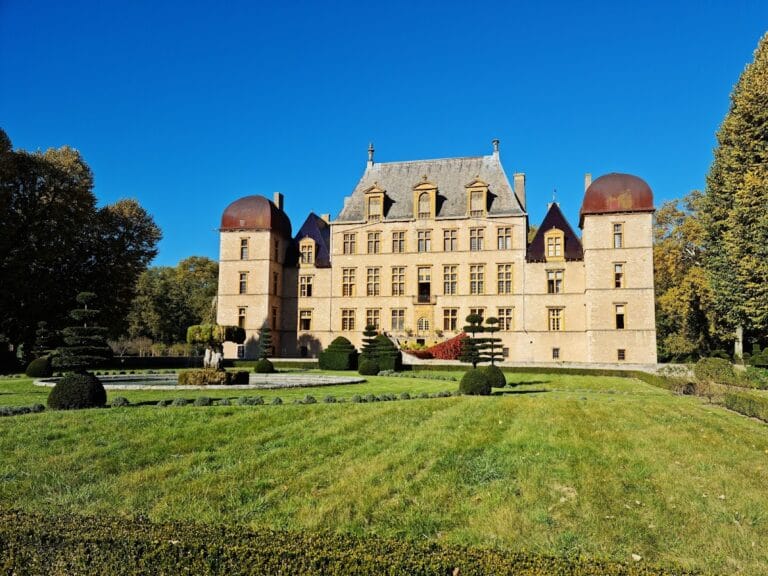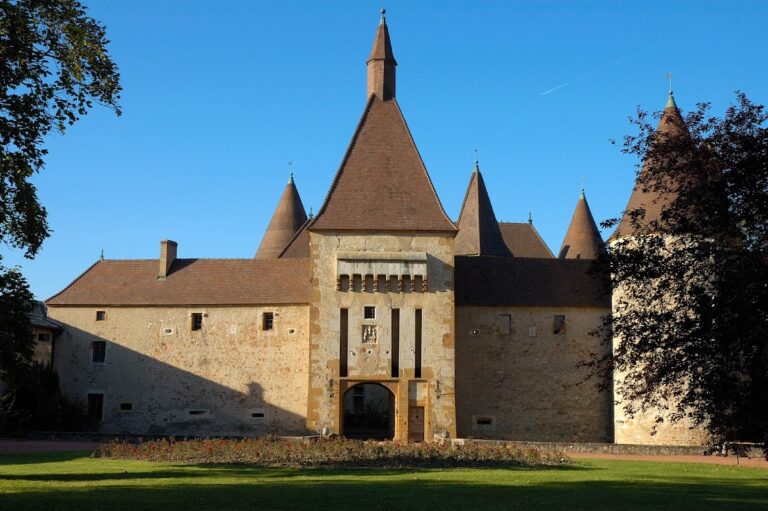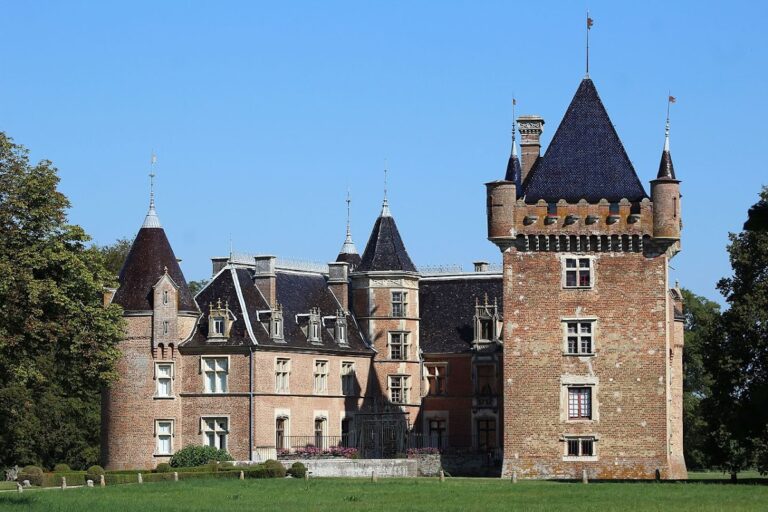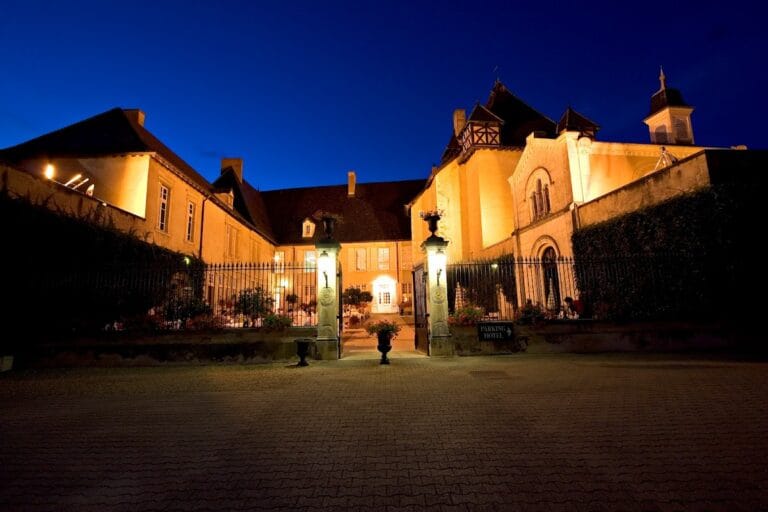Château de Châtillon-sur-Chalaronne: A Medieval Fortress in France
Visitor Information
Google Rating: 3.9
Popularity: Very Low
Official Website: www.chatillon-sur-chalaronne.fr
Country: France
Civilization: Unclassified
Site type: Military
Remains: Castle
History
The Château de Châtillon-sur-Chalaronne is located in the town of Châtillon-sur-Chalaronne in modern-day France. This fortress was constructed around the 11th century by the local lords known as the seigneurs of Châtillon. It served as the central stronghold of the seigneurie of Châtillon and functioned as the main town within the Bresse mandement, historically referred to as Châtillon-les-Dombes.
During the early years, the castle was under the control of Hugues de Châtillon in the early 11th century, who was likely the father of Milon de Châtillon. Milon’s family line included prominent individuals such as Bérard, who became bishop of Mâcon, and Humbert, a knight who participated in a treaty with the abbot of Cluny in 1103. Around 1101, ownership of the castle transferred when Robert l’Enchaîné granted it to Humbert II de Beaujeu, marking a shift in regional influence.
The castle’s ownership continued to evolve through marriage and political agreements. In 1228, it passed by marriage to Renaud, lord (sire) of Bâgé. Later, in 1272, the castle was ceded to Philippe I, count of Savoy and Burgundy, aligning the site with the powerful House of Savoy. This family retained control until 1535, a period during which the castle was a venue of note: for example, in 1409, Amédée VIII of Savoy received homage there, and the following year he issued regulations for the Order of the Annunciation, established by a family ancestor.
In 1535, the castle fell under the control of King François I of France during military campaigns. Subsequently, its ownership changed several times throughout the 16th and 17th centuries, passing to notable figures such as Étienne de la Forge, Emmanuel-Philibert of Savoy, Jean-Louis de Costa, Christophe d’Urfé, François de Bonne de Lesdiguières, and Gaston d’Orléans. Each owner reflected the ongoing political and military shifts in the region.
Around 1600, during conflict initiated by King Henri IV against the Duchy of Savoy, the castle was largely destroyed. Only its outer walls, the entrance gateway with a pointed (ogival) arch, and foundations of some towers survived this event. Later, in 1715, Philippe d’Orléans donated the remaining upper ruins to a community of Ursuline nuns. Between 1757 and 1776, the property was leased to Camille-Louis Perrichon, indicating continued use of the site despite its ruined state.
A parish chapel dedicated to the Virgin Mary was located within the castle’s enclosure from the early 12th century. Around 1110, this chapel was given to the abbey of Ainay, and its ownership was confirmed by several religious authorities over the 12th and 13th centuries. Records show the chapel remained intact at least through the late 14th century, with a known chaplain in 1363, linking the castle to local ecclesiastical networks.
Since 1927, the Château de Châtillon-sur-Chalaronne has been officially recognized as a French monument historique, reflecting its historical importance and efforts to preserve its remains.
Remains
The Château de Châtillon-sur-Chalaronne was originally built as a motte-and-bailey fortress during the 11th century. This type of castle features a raised earthwork mound (motte) accompanied by an enclosed courtyard (bailey), offering both elevation and defense. Over time, the structure was transformed, notably during the 15th century, when it was remodeled to feature a polygonal fortified enclosure, or enceinte, strengthened by multiple towers.
Today, visitors can observe surviving sections of the castle’s walls constructed in brick, particularly those forming the flanking towers that once guarded the perimeter. The enceinte, or surrounding defensive wall, remains visible along with the gateway marked by an ogival arch, a pointed arch typical of Gothic architecture. These elements testify to the medieval military design and strategic defensive needs of the site.
The foundations of four towers out of the original seven have been archaeologically confirmed. These towers once provided vantage points and fortified positions along the berm-like enclosure situated atop a hill—referred to locally as a poype—overlooking the town to the south near the banks of the Chalaronne river. Their presence highlights the castle’s role in controlling and surveying the surrounding landscape.
Within the castle’s enclosure was the chapel dedicated to the Virgin Mary. Historical documentation links this chapel to the abbey of Ainay, with several confirmations by ecclesiastical authorities. While specific physical remains of the chapel have not been catalogued, its religious association is well established in records dating back to the early 12th century through the late medieval period.
The site has undergone significant rehabilitation efforts aimed at restoring the remaining towers and securing the ruins. These works have stabilized the structure, allowing for clearer interpretation of the castle’s layout. The grounds within the enclosure now include a grass-covered area, and a pedestrian pathway encircles the castle’s remains, enabling access around the historic site.
Overall, the surviving walls, towers, entrance gate, and foundational remains offer a tangible glimpse into the medieval fortifications that once dominated this strategic hilltop location. The site stands today as a carefully preserved monument bearing witness to centuries of regional history.
